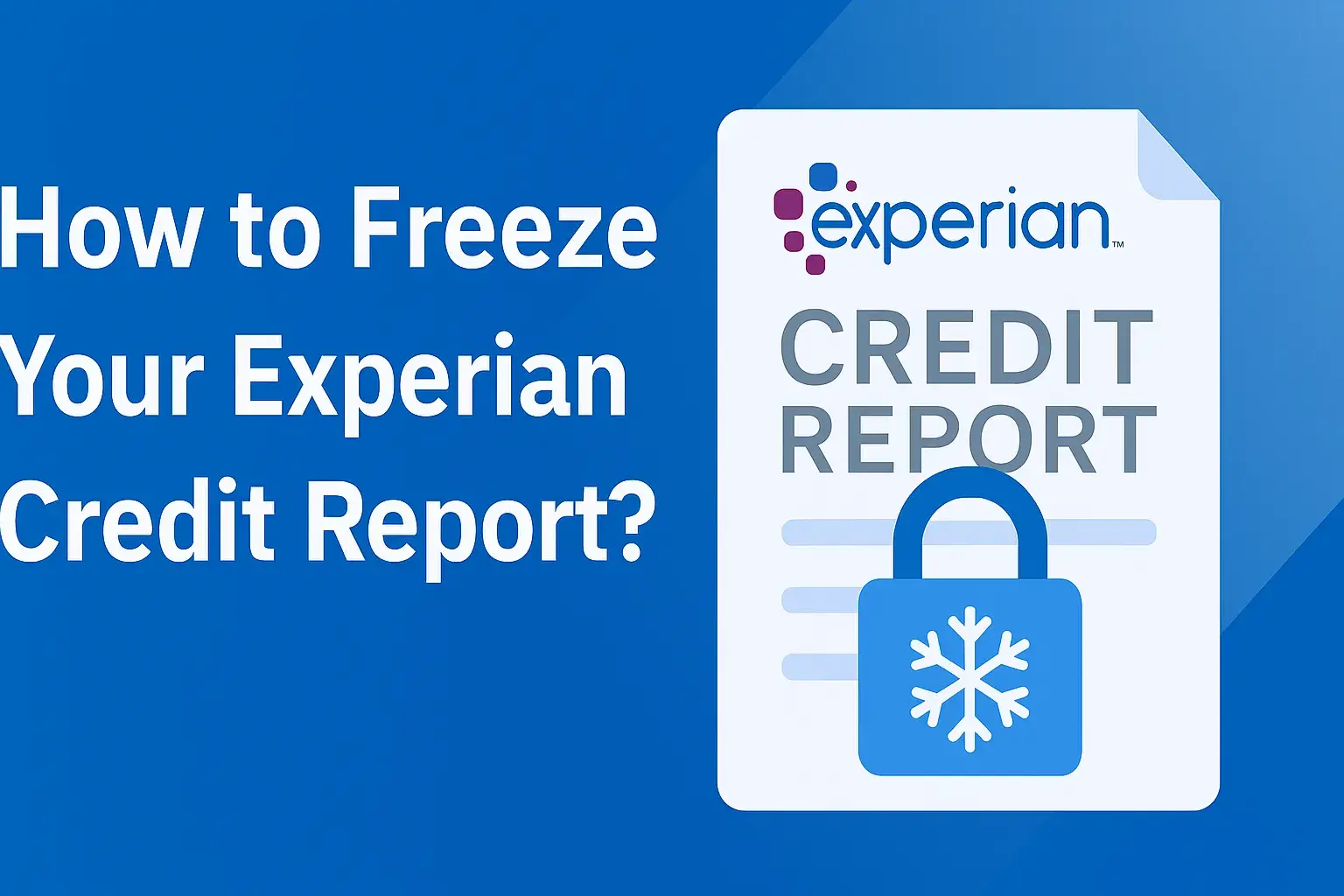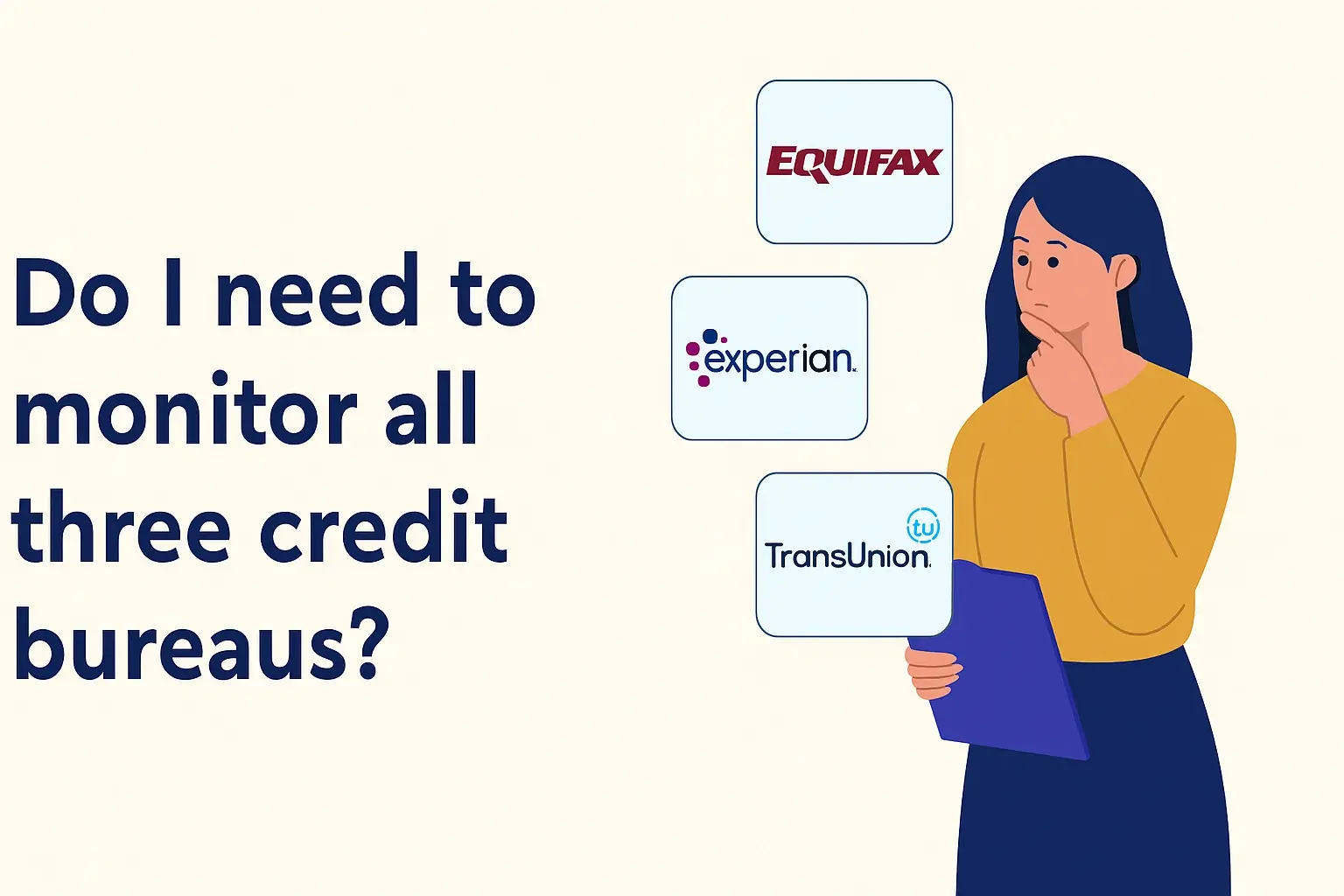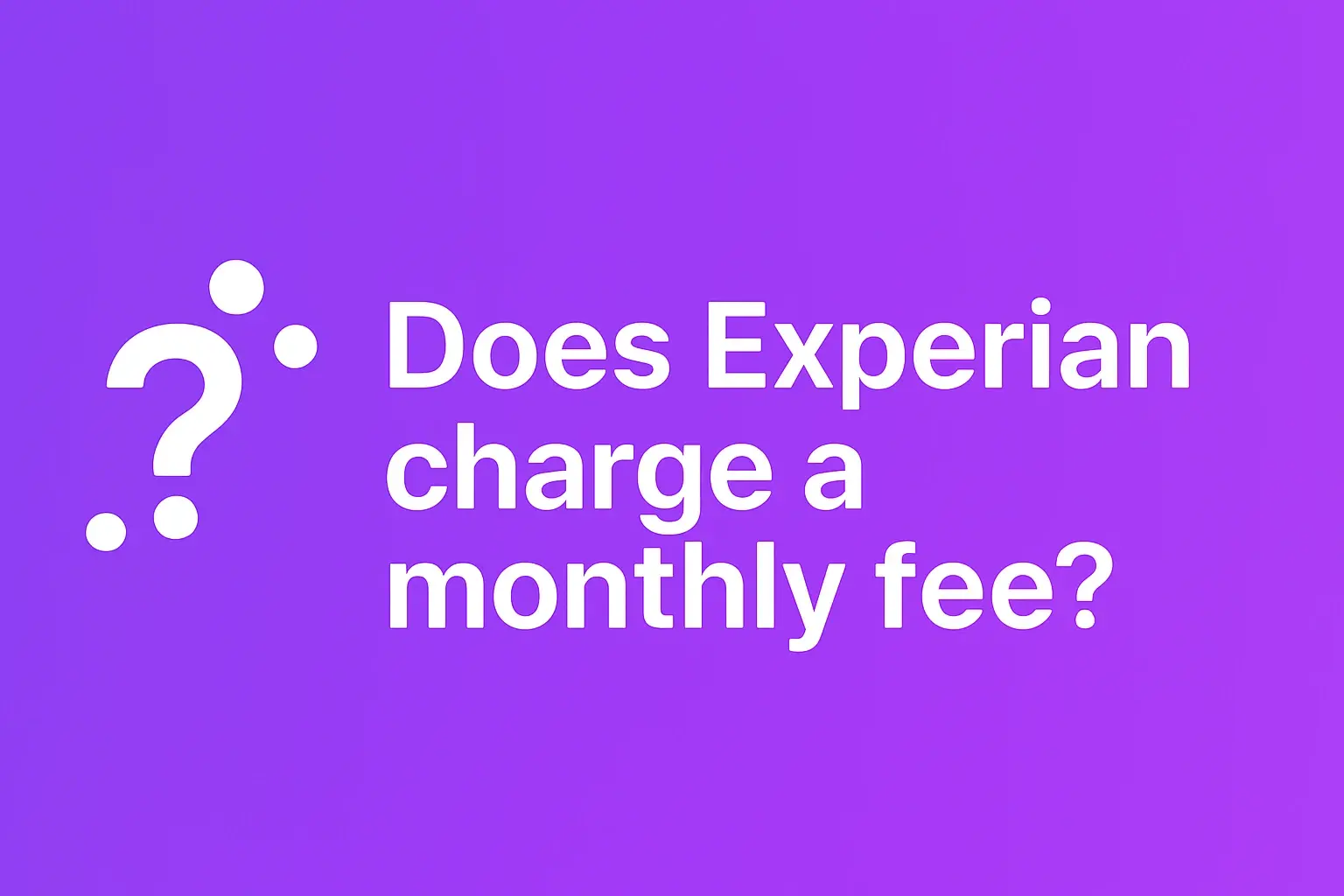-
Posted on: 18 Aug 2023

-
Understanding the history of the three major credit bureaus—Equifax, Experian, and TransUnion—is crucial for navigating personal finance. This deep dive explores their origins, evolution, and impact on credit reporting, providing essential context for consumers in 2025.
The Genesis of Credit Reporting: Early Days
The concept of credit reporting, while seemingly modern, has roots stretching back to the nascent days of commerce. Before the formal establishment of credit bureaus, businesses relied on informal networks and ledger systems to gauge the trustworthiness of potential customers. In the early 19th century, as trade expanded, so did the need for a more systematic approach to assessing creditworthiness. Merchants began to compile lists of customers who paid their bills promptly and those who defaulted, sharing this information amongst themselves. These early efforts were rudimentary, often localized, and lacked standardization. The information was typically anecdotal, based on personal relationships and word-of-mouth, making it prone to bias and inaccuracy. However, these informal exchanges laid the groundwork for what would eventually evolve into the sophisticated credit reporting agencies we know today.
The Industrial Revolution brought about significant societal and economic changes, including the growth of a consumer market. As more individuals sought to purchase goods and services on credit, the demand for reliable credit information surged. This period saw the emergence of more organized, albeit still limited, credit reporting services. One of the earliest notable developments was the establishment of the Retail Credit Company in 1899, which later became Equifax. Initially, these companies focused on gathering information about individuals' employment history, lifestyle, and financial habits, often through in-person interviews and public records. The aim was to provide businesses with a more objective basis for extending credit, reducing the risk of bad debt and fostering greater economic stability. These early bureaus were instrumental in formalizing the process of credit assessment, moving it from a subjective exchange to a more data-driven, albeit still developing, practice.
The Rise of the Big Three
The 20th century witnessed the significant growth and consolidation of credit reporting agencies, leading to the formation of the three dominant players that shape the credit landscape today: Equifax, Experian, and TransUnion. Each bureau has a unique origin story, marked by innovation, strategic acquisitions, and adaptation to evolving economic conditions and technological advancements. Their collective impact on consumer finance is profound, influencing everything from loan approvals to rental applications and even insurance rates.
Equifax: A Pioneering Spirit
Equifax's origins trace back to 1899 with the founding of the Retail Credit Company in Atlanta, Georgia. Initially, its primary focus was on providing reports to businesses about potential employees and customers. The company's early operations involved sending investigators to collect information through interviews and public records. This data was then compiled into reports that businesses used to make decisions about hiring, insurance underwriting, and credit extensions. The name "Equifax" itself, adopted in 1975, is a portmanteau of "equity" and "facts," reflecting its commitment to providing fair and accurate information. Over the decades, Equifax expanded its services and geographic reach, embracing new technologies to process and store vast amounts of data. Its growth was fueled by a combination of organic expansion and strategic acquisitions, solidifying its position as a leader in the credit reporting industry. By the late 20th century, Equifax was a household name, synonymous with credit information in the United States and beyond.
Equifax's evolution has been marked by its ability to adapt to technological shifts. From manual record-keeping to punch cards, mainframe computers, and eventually sophisticated digital databases, the company consistently invested in infrastructure to handle increasing volumes of data. This technological prowess allowed Equifax to process information more efficiently and provide faster, more comprehensive reports to its clients. The company's expansion wasn't limited to the U.S.; it actively pursued international markets, establishing a global presence. This global reach allowed Equifax to gather and report on credit information across different countries, making it a truly international player. The company's commitment to innovation has been a constant theme, driving its development of new products and services aimed at both consumers and businesses, all while navigating the complex regulatory environment surrounding credit reporting.
Experian: From Retail to Global Reach
Experian's history is a fascinating tapestry woven from several distinct threads, primarily originating in the United Kingdom and the United States. Its most significant U.S. precursor is TRW Inc., a diversified conglomerate that entered the credit reporting business in the mid-20th century. TRW Information Services became a major player in the U.S. credit bureau landscape. Simultaneously, in the UK, a company called Experian plc (though under different names initially) was developing its own expertise in data services and credit risk management. The modern Experian was largely formed through a series of strategic mergers and acquisitions. A pivotal moment was the acquisition of TRW's credit reporting business by a U.K.-based company, which eventually became part of the larger Experian group. This acquisition significantly bolstered Experian's presence in the North American market.
Experian's strategy has always involved a strong emphasis on data analytics and technology. The company has invested heavily in developing sophisticated algorithms and platforms to process and analyze vast datasets. This focus on data science has enabled Experian to offer a wide range of services beyond traditional credit reporting, including marketing services, fraud prevention, and decision analytics. Its global expansion has been a key driver of its growth, with operations spanning numerous countries across North America, Europe, Asia, and Latin America. Experian's approach is characterized by its ability to integrate diverse data sources and provide actionable insights to businesses, helping them understand and manage risk, acquire customers, and optimize their operations. In 2025, Experian continues to be a formidable force, leveraging its extensive data assets and technological capabilities to remain at the forefront of the information services industry.
TransUnion: Building Trust and Data
TransUnion's story begins in 1968 when it was founded as a holding company for the Union Tank Car Company. However, its true trajectory into credit reporting began in 1969 with the acquisition of the Credit Bureau of Cook County, Illinois. This marked a significant pivot, as the company recognized the immense potential of consumer credit data. Renamed TransUnion in 1972, the company embarked on a path of expansion, both geographically and in terms of its data offerings. TransUnion was an early adopter of advanced computing technologies, which allowed it to efficiently manage and process large volumes of credit information. This technological foresight was crucial in building a robust and scalable credit reporting infrastructure.
Over the ensuing decades, TransUnion grew by acquiring smaller credit bureaus and expanding its services. It developed a reputation for its comprehensive data coverage and its commitment to providing accurate credit information. The company's focus has always been on building trust with both consumers and businesses by ensuring the integrity of the data it collects and reports. TransUnion has also been proactive in developing solutions for various industries, including insurance, telecommunications, and utilities, extending its reach beyond traditional lending. In 2025, TransUnion stands as one of the three major credit bureaus, known for its extensive data analytics capabilities and its role in helping consumers understand and manage their credit health. Its ongoing investment in technology and data science ensures its continued relevance in the dynamic credit reporting landscape.
Evolution and Regulation: Shaping the Modern Bureaus
The journey of the credit bureaus from informal information-sharing networks to sophisticated data giants has been profoundly shaped by evolving legal frameworks, technological breakthroughs, and growing consumer awareness. The latter half of the 20th century, in particular, saw the implementation of critical legislation and the rapid advancement of technology, fundamentally altering how credit information is collected, stored, used, and protected. These developments have not only influenced the operational practices of Equifax, Experian, and TransUnion but have also empowered consumers with greater rights and access to their financial data.
The Fair Credit Reporting Act (FCRA)
Perhaps the most significant piece of legislation impacting credit bureaus is the Fair Credit Reporting Act (FCRA), enacted in 1970. Prior to the FCRA, credit reporting practices were largely unregulated, leading to instances of inaccurate information, privacy violations, and limited recourse for consumers. The FCRA was a landmark piece of legislation designed to promote the accuracy, fairness, and privacy of consumer information contained in the files of consumer reporting agencies. It established a framework for how credit bureaus operate, what information they can collect, how long they can keep it, and how consumers can access and dispute this information.
Key provisions of the FCRA include:
- Consumer Access to Files: Consumers have the right to access the information contained in their credit files, free of charge, under certain circumstances (e.g., if they have been denied credit or employment based on credit report information).
- Dispute Resolution: Consumers have the right to dispute inaccurate or incomplete information in their credit files. The credit bureaus are required to investigate these disputes within a reasonable period (typically 30 days) and correct any inaccuracies.
- Permissible Purpose: The FCRA limits who can access a consumer's credit report. Generally, a credit bureau can only provide a credit report to someone with a "permissible purpose," such as for use in connection with a credit transaction, employment, insurance underwriting, or a court order.
- Accuracy and Fairness: The act mandates that credit bureaus take reasonable steps to ensure the accuracy of the information they report.
- Data Retention Limits: Most negative information can only remain on a credit report for seven years, with exceptions for bankruptcies, which can remain for 10 years.
The FCRA has been amended several times since its enactment, most notably by the Fair and Accurate Credit Transactions Act (FACTA) of 2003, which further strengthened consumer rights, including provisions for identity theft prevention and requiring free annual credit reports from each of the three major bureaus.
Technological Advancements and Data Growth
The latter half of the 20th century and the dawn of the 21st century were characterized by an explosion in computing power and data storage capabilities. This technological revolution profoundly impacted credit bureaus. Early credit reporting relied on manual record-keeping and physical files. The advent of mainframe computers in the 1960s and 70s allowed for the digitization of these records, enabling faster processing and retrieval of information. As personal computers and the internet became widespread, credit bureaus were able to develop more sophisticated databases and online platforms.
This technological evolution enabled several key changes:
- Increased Data Volume: The capacity to store and process vast amounts of data allowed credit bureaus to collect information on a much larger segment of the population and to include more detailed financial histories.
- Faster Reporting: Digital systems dramatically reduced the time it took to generate credit reports, moving from days or weeks to mere minutes.
- Sophisticated Analytics: Advanced computing power facilitated the development of complex algorithms for credit scoring, enabling lenders to assess risk more precisely.
- Data Integration: Technology allowed bureaus to integrate data from various sources, creating more comprehensive consumer profiles.
- Online Access: The internet enabled consumers to access their credit reports and scores online, and for businesses to access reports more efficiently, albeit with strict security protocols.
In 2025, the credit bureaus operate on highly advanced technological infrastructures, employing artificial intelligence and machine learning to manage data, detect fraud, and refine scoring models. The sheer volume and complexity of data handled by these agencies are staggering, a direct result of decades of technological innovation and expansion.
Consumer Rights and Dispute Processes
The FCRA and its subsequent amendments have significantly empowered consumers regarding their credit information. The right to access one's credit report is fundamental. Consumers can obtain a free copy of their credit report from each of the three major bureaus annually through AnnualCreditReport.com. This allows individuals to monitor their credit for accuracy and potential identity theft. Furthermore, the FCRA mandates a clear process for disputing errors. If a consumer finds inaccurate information, they can file a dispute directly with the credit bureau. The bureau is then obligated to investigate the claim, which may involve contacting the furnisher of the information (e.g., a bank or credit card company) to verify its accuracy. If the information is found to be inaccurate or incomplete, it must be corrected or removed from the consumer's credit report.
The dispute process, while established by law, can sometimes be challenging for consumers. Navigating the system effectively often requires persistence and a clear understanding of one's rights. Many consumer advocacy groups and government agencies, such as the Consumer Financial Protection Bureau (CFPB), provide resources and guidance to help consumers understand their rights and manage disputes. The ongoing evolution of technology also presents new avenues for dispute resolution, with some bureaus offering online dispute portals. In 2025, the emphasis on consumer education and access to information continues to grow, aiming to make the credit reporting system more transparent and equitable for all individuals.
The Role of Credit Bureaus Today (2025)
In 2025, Equifax, Experian, and TransUnion are integral to the functioning of the modern economy. They act as central repositories of consumer credit information, providing data that lenders and other businesses use to make critical decisions. Their role extends far beyond simply reporting loan repayment histories; they influence a wide array of financial interactions and are increasingly involved in areas like identity verification and fraud prevention.
Data Collection and Reporting Practices
The three major credit bureaus collect a vast array of data from a multitude of sources. This includes information from banks, credit card companies, mortgage lenders, auto finance companies, collection agencies, and even public records like bankruptcies and liens. The data points typically found in a credit report include:
- Personal Information: Name, address history, Social Security number, date of birth, and employment history.
- Credit Accounts: Details on credit cards, loans (mortgage, auto, student, personal), and lines of credit. This includes the type of account, the date opened, the credit limit or loan amount, the current balance, and payment history.
- Public Records: Information from court records, such as bankruptcies, judgments, and tax liens.
- Inquiries: Records of who has accessed your credit report. "Hard inquiries" occur when you apply for credit, while "soft inquiries" can result from background checks or when you check your own credit.
The accuracy and timeliness of this data are paramount. Lenders rely on these reports to assess the risk associated with extending credit. For instance, a mortgage lender in 2025 will meticulously review a borrower's credit report to understand their past borrowing behavior, payment reliability, and overall credit utilization. Similarly, landlords might check credit reports to gauge a potential tenant's financial responsibility. The bureaus maintain complex systems to ingest, process, and update this information daily, striving for accuracy while also adhering to strict regulatory guidelines like the FCRA.
Credit Scoring Models and Their Impact
While credit bureaus compile the raw data, credit scoring models translate this data into a numerical representation of creditworthiness. The most widely used scoring models are FICO (Fair Isaac Corporation) and VantageScore. These scores are derived from the information contained within a consumer's credit report. A higher credit score generally indicates a lower risk to lenders, making it easier to qualify for loans, secure better interest rates, and obtain favorable terms on financial products.
Key factors influencing credit scores include:
- Payment History (approx. 35%): Paying bills on time is the most significant factor.
- Amounts Owed (approx. 30%): Credit utilization ratio (how much credit you're using compared to your total available credit) is crucial.
- Length of Credit History (approx. 15%): A longer history of responsible credit use is beneficial.
- Credit Mix (approx. 10%): Having a mix of credit types (e.g., credit cards, installment loans) can be positive.
- New Credit (approx. 10%): Opening too many new accounts in a short period can lower your score.
In 2025, credit scores are more influential than ever. They are used not only for traditional lending but also by insurance companies to set premiums, by utility companies to determine deposit requirements, and by employers for certain job roles. Understanding how these scores are calculated and what impacts them is essential for consumers seeking to improve their financial standing. The bureaus themselves do not set the scores but provide the data that scoring models utilize. Their role is to ensure the data fed into these models is as accurate and up-to-date as possible.
The Three Bureaus in 2025: A Comparison
While Equifax, Experian, and TransUnion share the core function of credit reporting, they do have subtle differences in their data coverage, reporting practices, and the specific tools and services they offer. It's important to note that a consumer's credit report can vary slightly between the three bureaus because different lenders report to different bureaus, and the timing of those reports can differ. This is why obtaining reports from all three is recommended for a comprehensive view.
Feature Equifax Experian TransUnion Origin Year 1899 (as Retail Credit Company) 1968 (as TRW Information Services) 1968 (as TransUnion) Primary Focus Areas Comprehensive credit reporting, identity protection, analytics Global data analytics, credit risk management, marketing services Credit reporting, fraud prevention, decisioning tools Data Sources Extensive network of lenders, public records, government agencies Broad range of financial institutions, retail, telecom, utilities, public records Diverse financial institutions, retail, telecom, government data Consumer Services Credit reports, scores, identity theft protection, credit monitoring Credit reports, scores, identity theft services, financial insights Credit reports, scores, identity theft protection, credit education Unique Offerings (Examples) IntelliScore (a predictive scoring model), FraudIQ CrossCore (fraud and identity platform), Ascend (advanced analytics) TruVision (identity verification), CreditVision (predictive analytics) Global Presence Extensive international operations Strong global footprint across continents Significant international presence, particularly in Canada and Latin America In 2025, all three bureaus are heavily invested in technology to combat fraud and enhance data security. They offer various consumer-facing products designed to help individuals monitor their credit and protect their identities. While their core mission remains the same, their competitive edge often lies in the breadth of their data, the sophistication of their analytical tools, and the specific services they tailor to different market segments.
Challenges and the Future of Credit Reporting
The credit reporting industry, despite its maturity, faces ongoing challenges and is constantly evolving. Issues surrounding data privacy, the integration of new data sources, and increasing regulatory scrutiny are shaping its future trajectory. The goal for credit bureaus in the coming years is to maintain accuracy and security while adapting to a rapidly changing financial and technological landscape.
Data Privacy and Security Concerns
In an era of increasing data breaches and heightened awareness of personal privacy, credit bureaus are under immense pressure to safeguard the sensitive information they hold. The sheer volume of data collected by Equifax, Experian, and TransUnion makes them attractive targets for cybercriminals. High-profile data breaches in the past have eroded public trust and led to stricter regulatory oversight. In 2025, robust cybersecurity measures, including advanced encryption, multi-factor authentication, and continuous monitoring, are not just best practices but essential requirements for these agencies.
Consumers are increasingly concerned about how their data is used and protected. Regulations like the General Data Protection Regulation (GDPR) in Europe and similar initiatives globally are influencing how data is handled. Credit bureaus are investing heavily in compliance and in developing technologies that anonymize data where possible and provide consumers with greater control over their information. The challenge lies in balancing the need to collect comprehensive data for accurate credit assessment with the imperative to protect individual privacy and prevent unauthorized access.
The Impact of Alternative Data
One of the most significant trends shaping the future of credit reporting is the growing use of "alternative data." This refers to data sources beyond traditional credit accounts, such as rent payments, utility bills, telecommunications payments, and even cash flow from bank accounts. The rationale behind incorporating alternative data is to provide a more inclusive view of creditworthiness, particularly for individuals with limited or no traditional credit history (often referred to as the "credit invisible").
In 2025, credit bureaus are actively exploring and integrating these alternative data sources. For example, a consumer who consistently pays their rent on time might be viewed as a lower risk by lenders, even if they have a thin credit file. This shift has the potential to:
- Increase Financial Inclusion: Provide access to credit for millions who are currently excluded from the traditional system.
- Improve Accuracy: Offer a more holistic picture of a consumer's financial behavior.
- Enhance Predictive Power: Help lenders make more informed decisions by considering a wider range of data.
However, the use of alternative data also raises concerns about data privacy, accuracy, and potential bias. Ensuring that these new data sources are collected and used ethically and equitably is a critical challenge for the industry. Regulatory bodies are closely monitoring these developments to ensure consumer protection remains paramount.
Regulatory Scrutiny and Consumer Advocacy
The significant power wielded by the three major credit bureaus means they are consistently under the watchful eye of regulators and consumer advocacy groups. Agencies like the Consumer Financial Protection Bureau (CFPB) in the U.S. play a crucial role in overseeing credit reporting practices, enforcing the FCRA, and investigating consumer complaints. In 2025, regulatory scrutiny is likely to remain high, focusing on issues such as data accuracy, dispute resolution processes, data security, and the ethical use of alternative data.
Consumer advocacy organizations continue to push for greater transparency and fairness in the credit reporting system. They advocate for stronger consumer rights, improved dispute resolution mechanisms, and policies that prevent discriminatory practices. The ongoing dialogue between regulators, credit bureaus, and consumer advocates is essential for ensuring that the credit reporting system serves the best interests of both businesses and individuals. As technology advances and new data sources emerge, the need for robust oversight and informed consumer advocacy will only become more pronounced, shaping the future of how credit information is managed and utilized.
Conclusion: Navigating Your Credit Landscape
The history of the three major credit bureaus—Equifax, Experian, and TransUnion—is a testament to the evolving nature of commerce, technology, and consumer rights. From their humble beginnings as informal information-sharing networks to their current status as sophisticated data giants, these organizations have profoundly shaped the financial lives of millions. Understanding their origins, the regulatory frameworks that govern them, and their role in the modern economy is not just an academic exercise; it is a critical component of responsible financial management in 2025.
The journey from the early 20th century to today highlights a continuous effort to balance the needs of businesses for reliable credit information with the rights of consumers to privacy and accuracy. Legislation like the FCRA has been instrumental in establishing consumer protections, while technological advancements have enabled greater efficiency and the integration of new data sources. As we look to the future, challenges related to data security, privacy, and the equitable use of alternative data will continue to define the credit reporting landscape. For consumers, staying informed about their credit reports, understanding credit scoring, and actively managing their credit health remain paramount. By leveraging the resources available, such as AnnualCreditReport.com, and understanding your rights, you can navigate your credit landscape with confidence and work towards achieving your financial goals.










